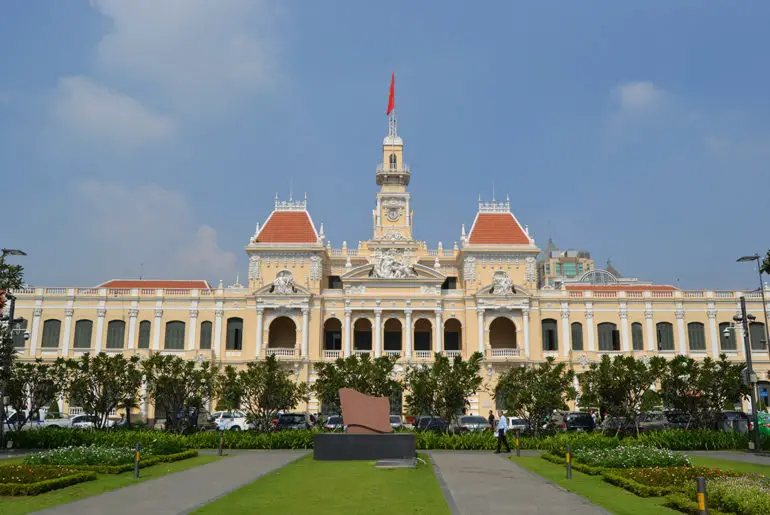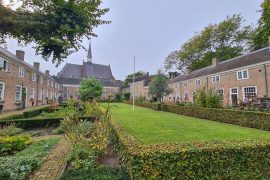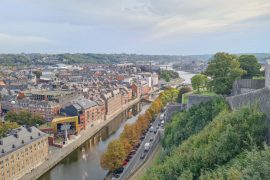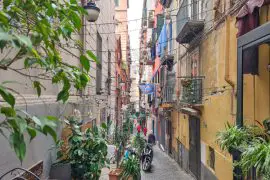Last Updated on 13.01.2019 by Iliyan
The next stop of my trip to Southeast Asia was Ho Chi Minh City. Until 1976 the city was called Saigon, when its name was changed to the name of the leader of the Vietnamese Communist party Ho Chi Minh. I arrived at the most populated city in Vietnam and I headed directly to the so called “backpacker area”, where most of the hostels and hotels are located. The main street here is called Bui Vien Street and serves as a main direction point. There is a large variety of restaurants and bars and night life is on at full swing. As my time was limited I didn’t manage to visit the famous rooftop bars, but I managed to walk around and feel the atmosphere of the evening.
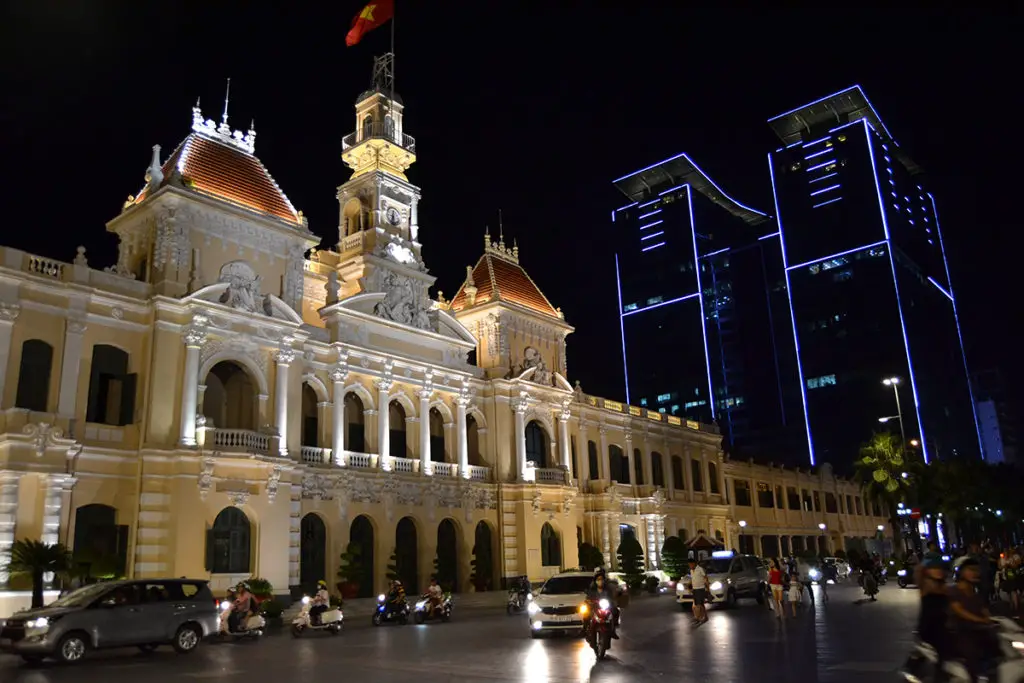
The next day I decided to walk around the city first and then visit the Chu Chi tunnels in an organized manner around lunch time. My first impression of Ho Chi Minh was that the city is very different from Hanoi. It turned out to be a modern megapolis, which combines modern architecture and beautiful colonial buildings. In 1859 the French took over Saigon and this led to the elegant architecture and wide boulevards. Today the city is a popular tourist destination because of its interesting culture, classic French architecture and shiny skyscrapers, as well as richly decorated shrines and pagodas.
You can stumble upon fantastic restaurants that offer a combination of French, Chinese and of course local Vietnamese cuisine. This is the financial capital of Vietnam as well and one of the fastest developing cities in Southeastern Asia. The colonial buildings themselves really look impressive, reminiscing of Europe. One of the oldest monuments in Saigon is the Ben Thanh Market, where you can find handmade souvenirs, clothes and paintings. You can also find tasty local food at an affordable price.
Contents
People’s Committee Building
The building of the people’s committee is an excellent example of French colonial architecture. It was built in 1898 and initially used as a hotel. Nowadays the building functions as a municipality.
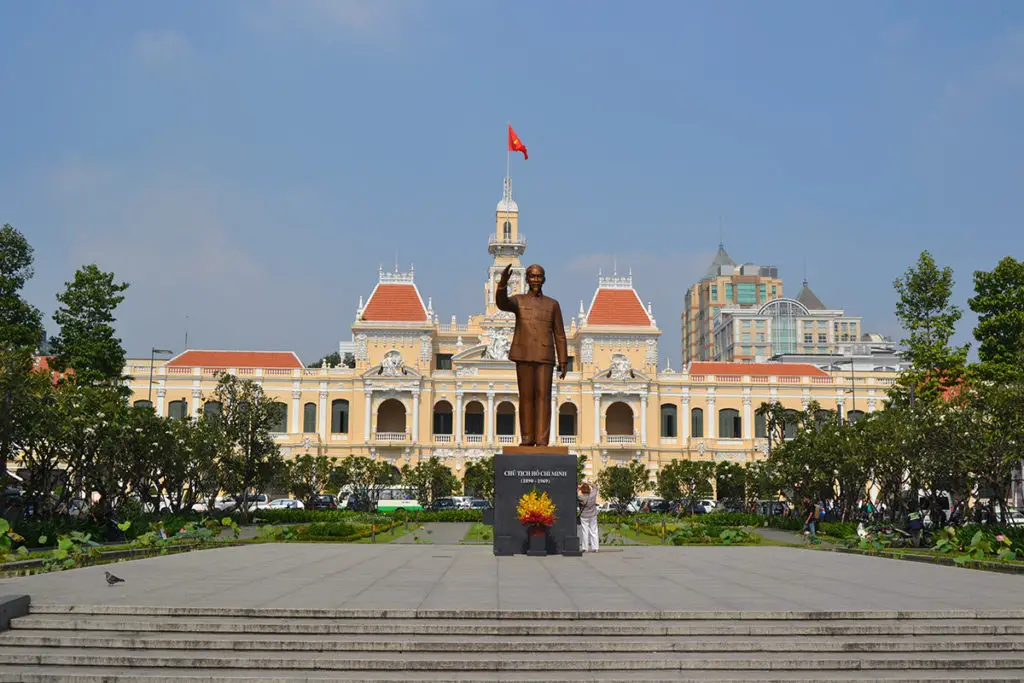
The municipality is not open to the public, but it’s worth going there to see it.
Central Post Office
The central post office is another interesting sight. It is located next to the Notre-Dame cathedral and offers visitors the chance to imagine life in Vietnam during Indochina times. The building was designed by Gustave Eiffel – the famous engineer, who designed the Statue of Liberty and the Eiffel tower. The post office was built between 1886 and 1891 and the interior is particularly beautiful. The telephone booths inside remind us of their importance in those days when there weren’t any mobile phones.
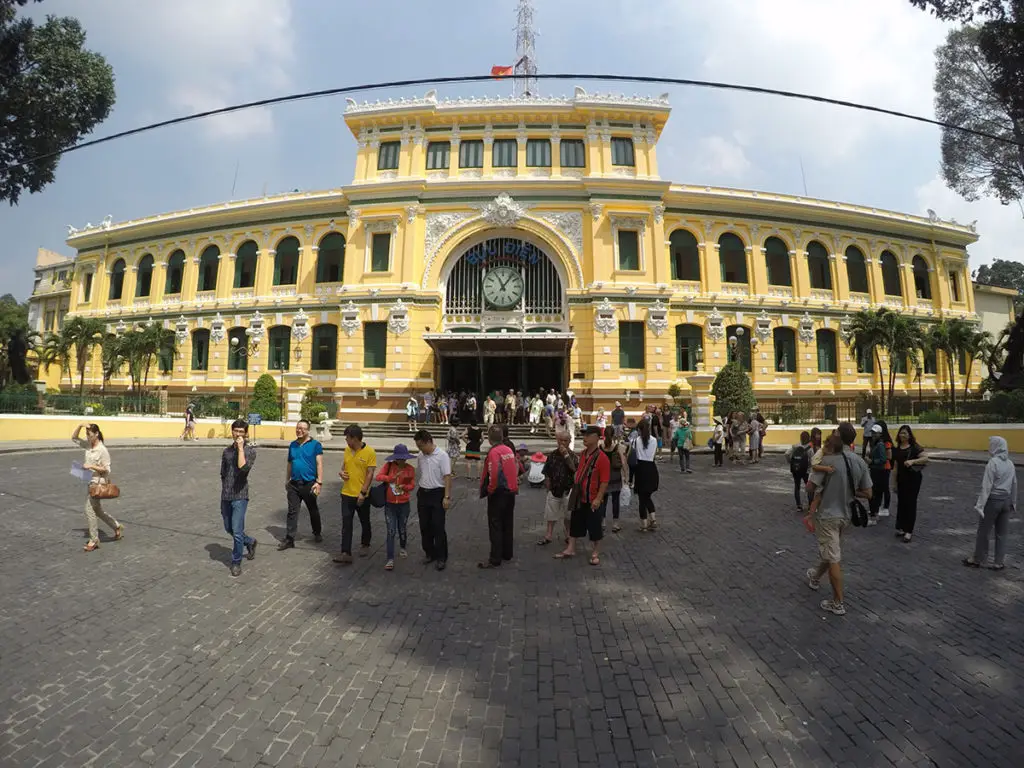
Notre-Dame Cathedral Basilica of Saigon
The Notre-Dame Cathedral was built between 1863 and 1880 by French colonizers and is one of the few bastions of Catholicism in Buddhist Vietnam. It is located on Paris Square and the name Notre-Dame was given to it after mounting the “Peaceful Notre Dame” statue in 1959. Three years later the Vatican gave the cathedral the status of basilica and its name today is Notre-Dame Cathedral Basilica of Saigon.
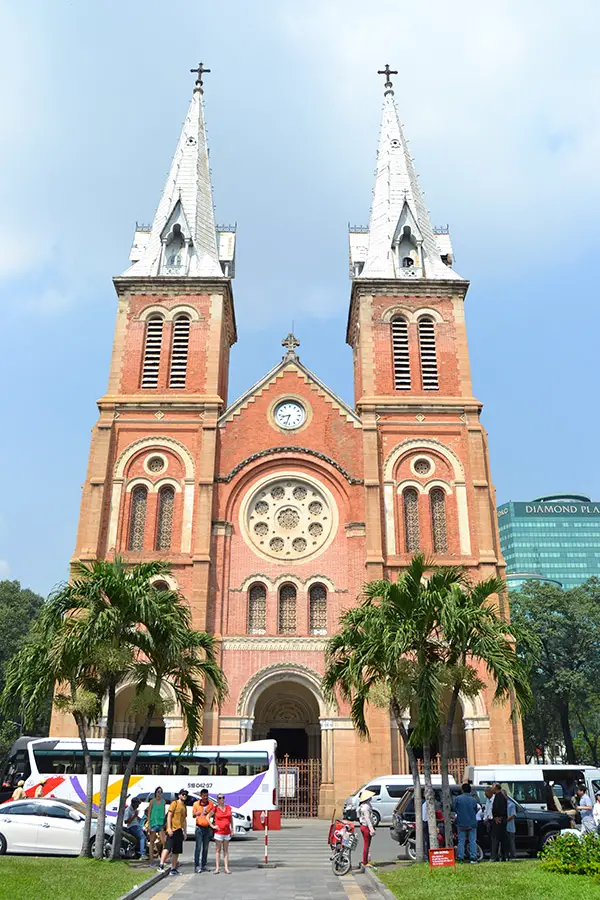
Saigon Opera House
There is another beautiful and elegant colonial building located in the immediate area – the Opera, which is famous as a Municipal theatre as well. Located at the heart of the city it stands out during the day and during the night alike. Sadly, on that particular day the Opera was closed for visitors and I did not have the chance to take a look at the beautiful interior that it is famous for.
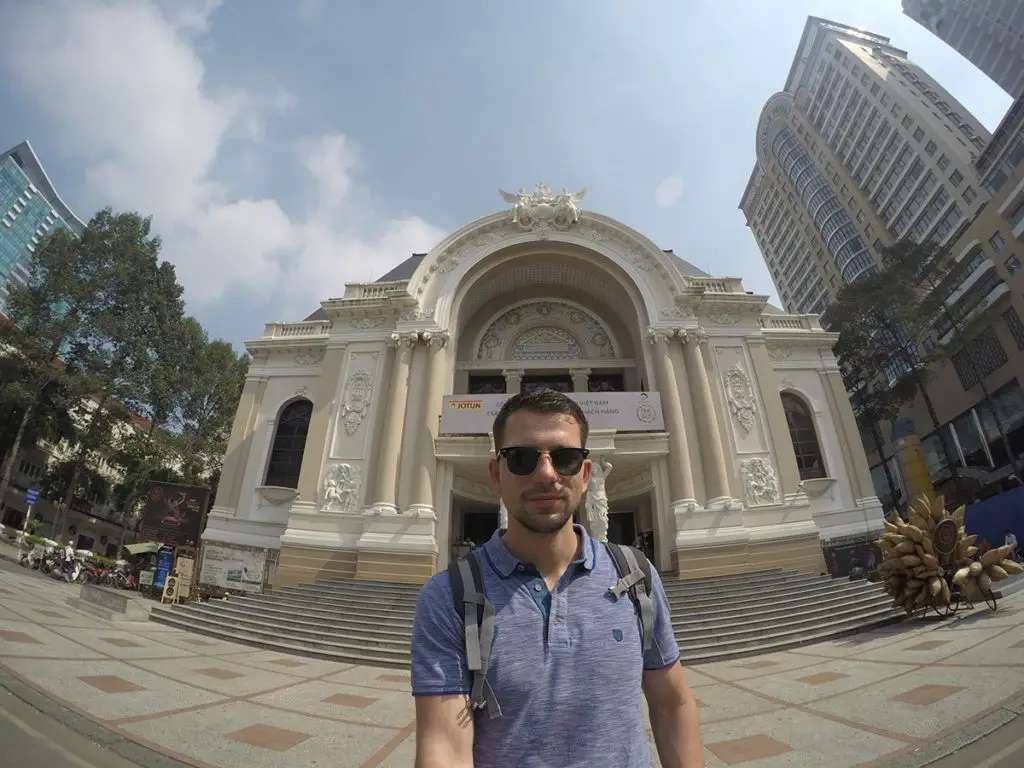
Chu Chi Tunnels
The Chu Chi tunnels are a unique architectural structure, a series of deep underground tunnels, which have numerous floors and many branches like a web, more than 250 kilometres long, with spaces for eating, living, meeting and places for processing fallen American projectiles. This series of tunnels embodies the strong will, intellect and pride of the Chu Chi people, who are a symbol of the revolutionary heroism of the Vietnamese people.
They are located 75 kilometres northwest of Ho Chi Minh. It is striking that considering their length the tunnels were dug using bare hands or by using very simple instruments during the French occupation in 1940 and developed during the Vietnamese war in 1960. They were built for 25 years and were initially used for communication between the villages to avoid the French army in the area.
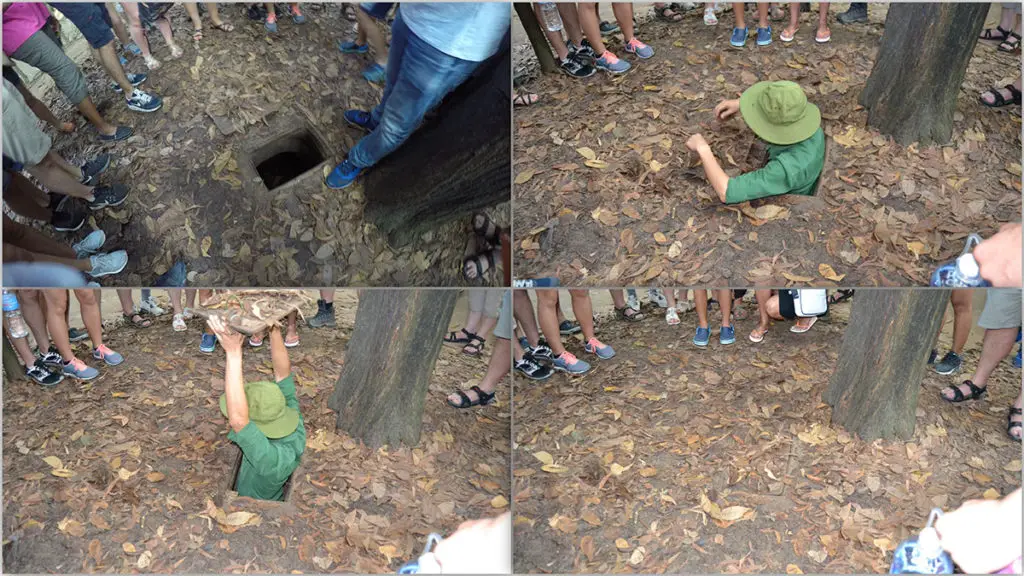
The secret tunnels often went under American camps and were not used only for partisans, but were also a centre of public life. There were schools, couples would get married and special private places where people in love met. There were even theatres where performers entertained people with songs, dances and traditional stories.
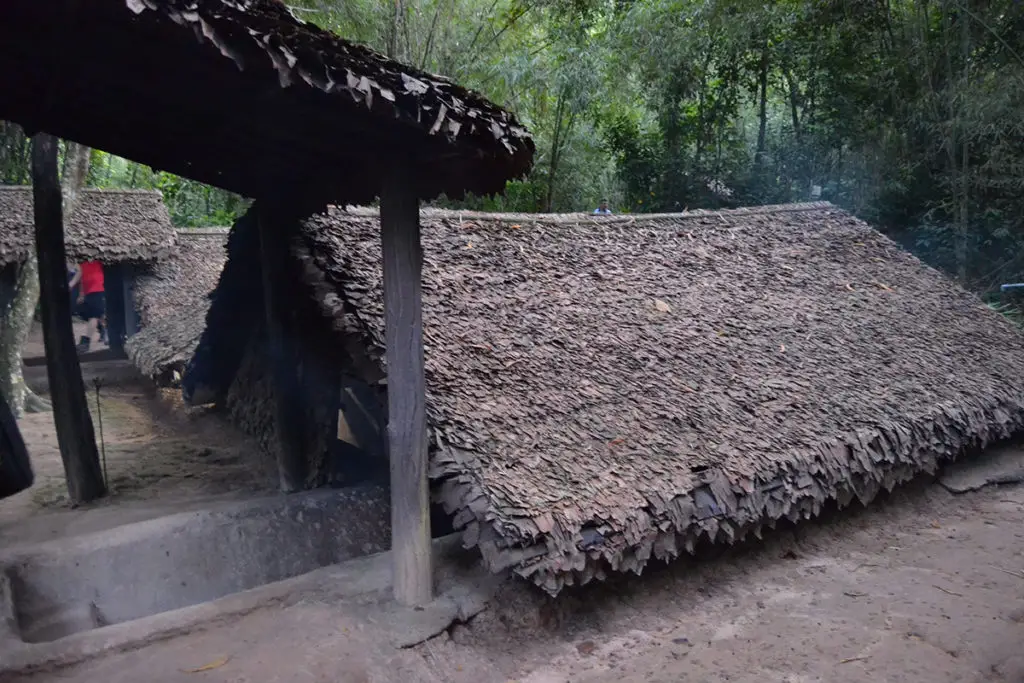
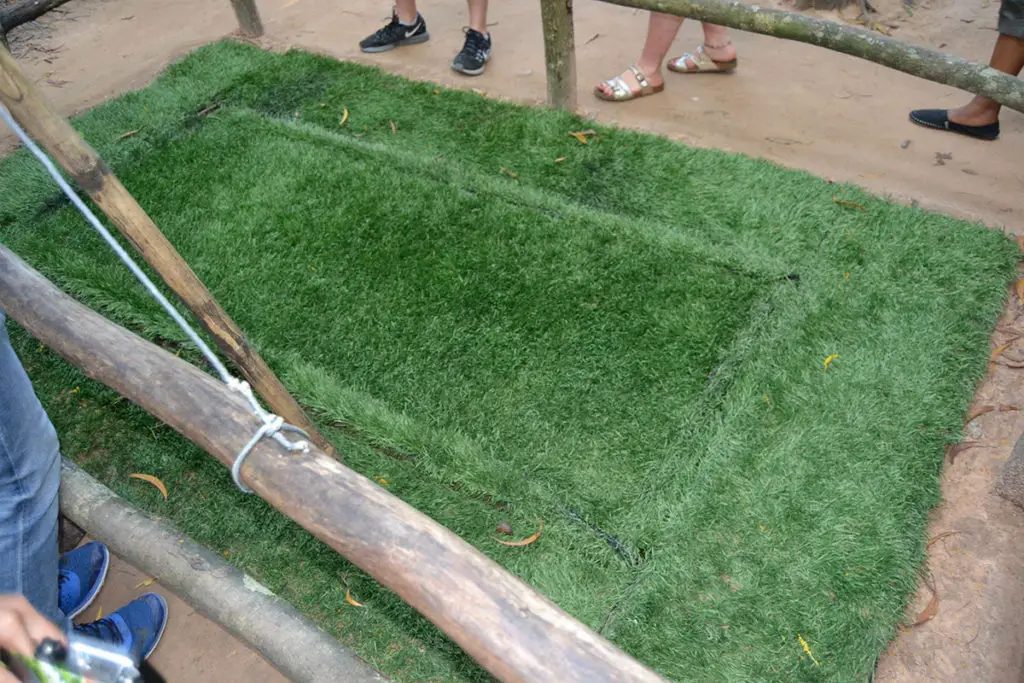
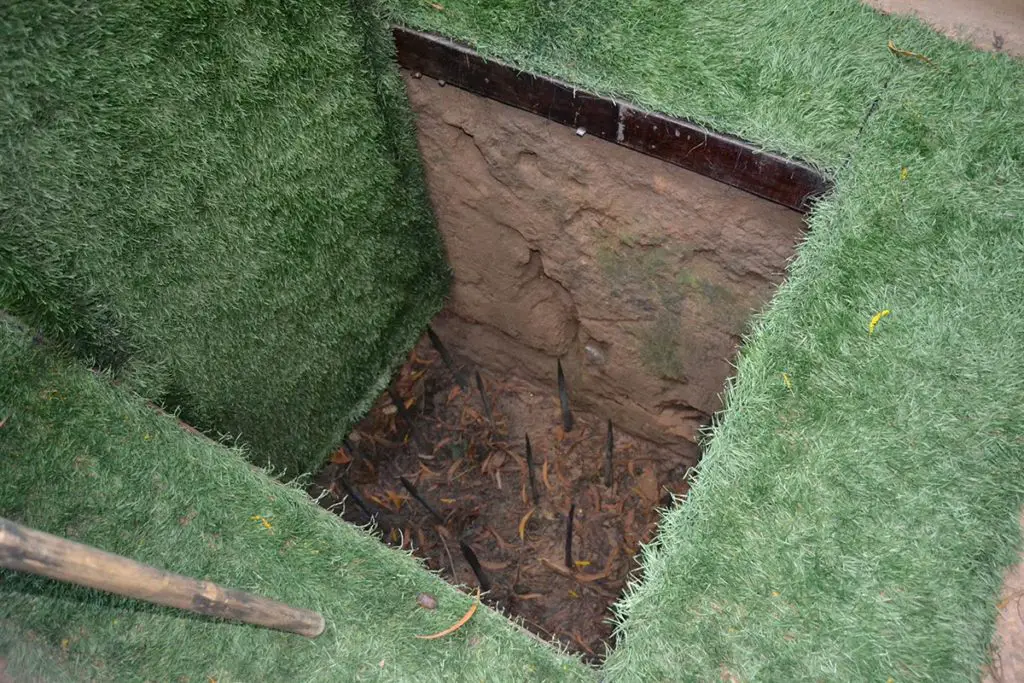
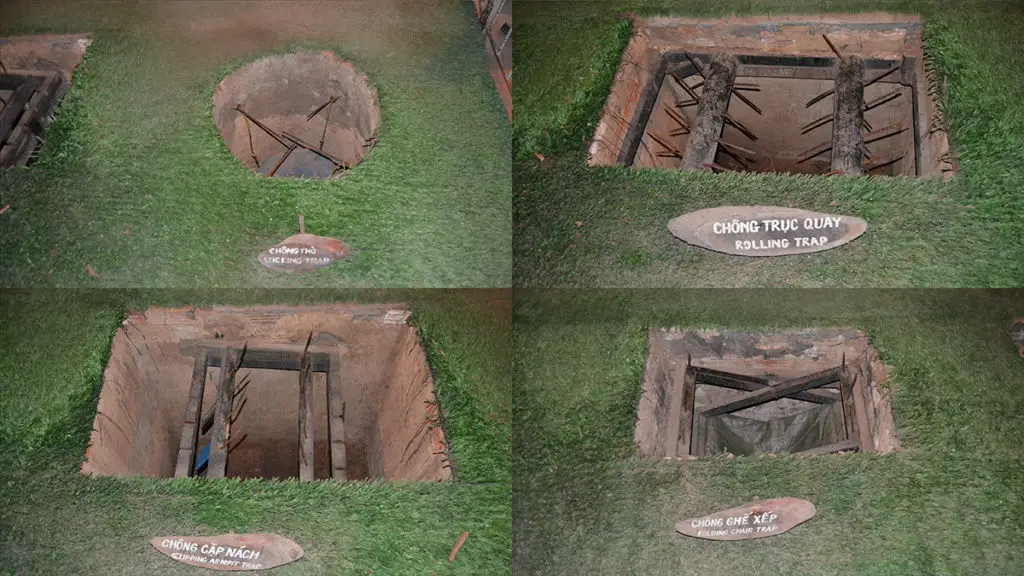
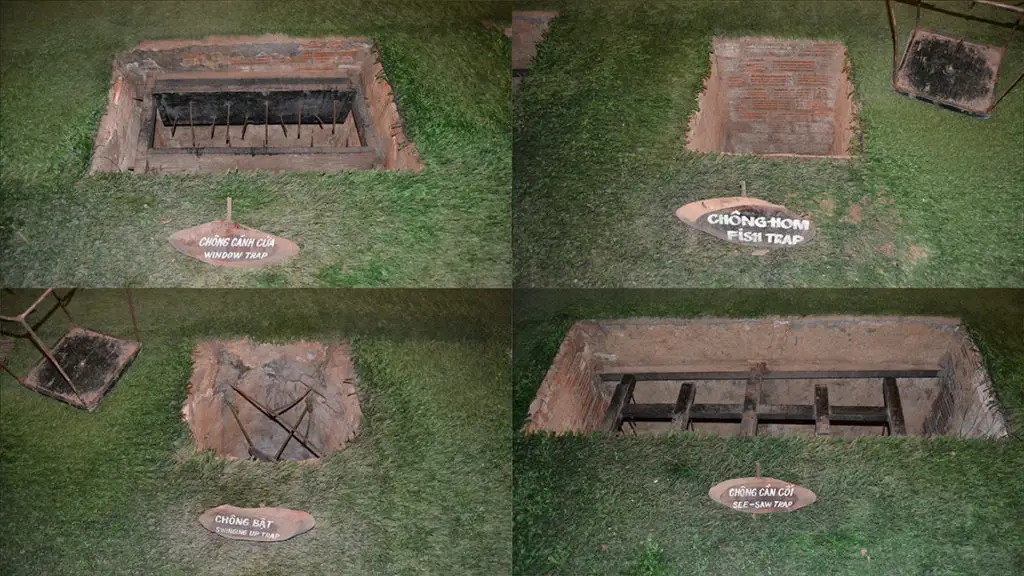
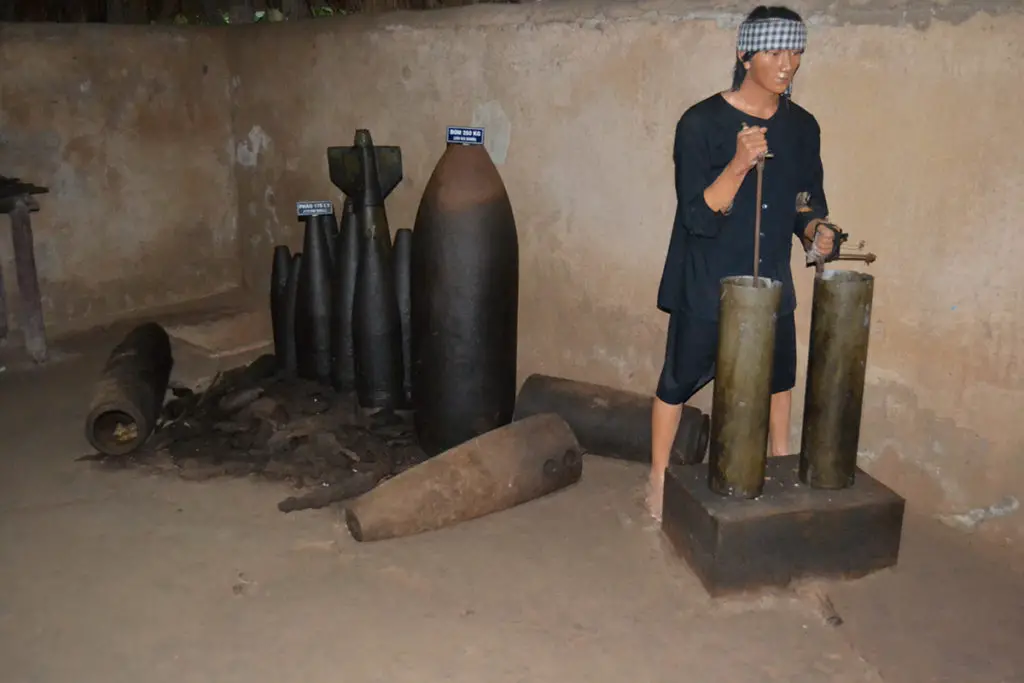
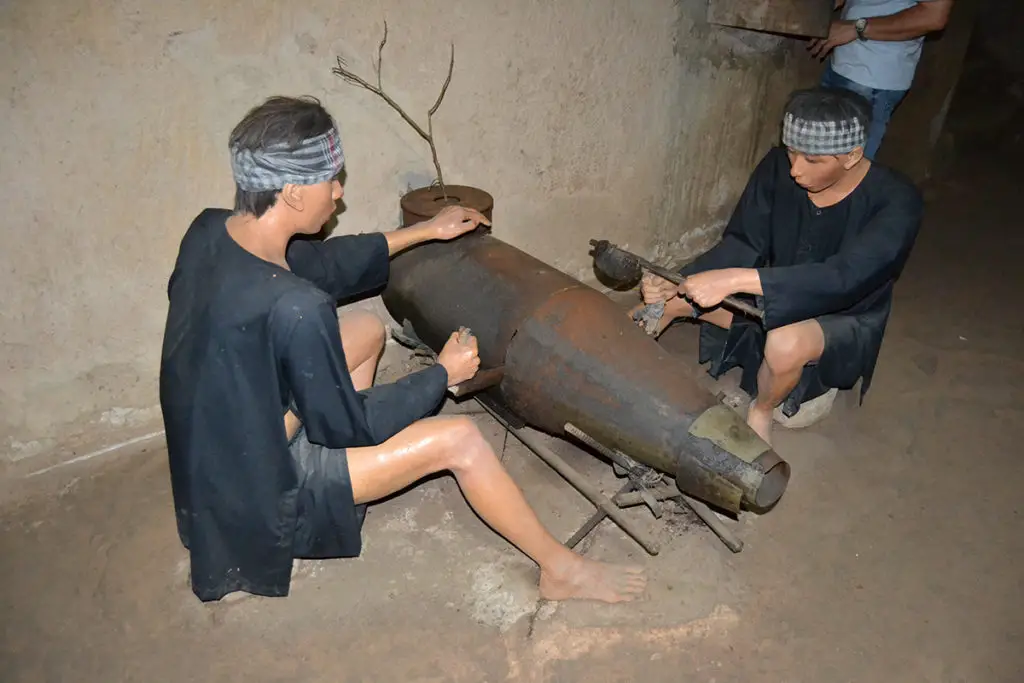
A half day trip is all you need to see the Chu Chi tunnels. If you ever end up in Ho Chi Minh I highly recommend visiting them.
